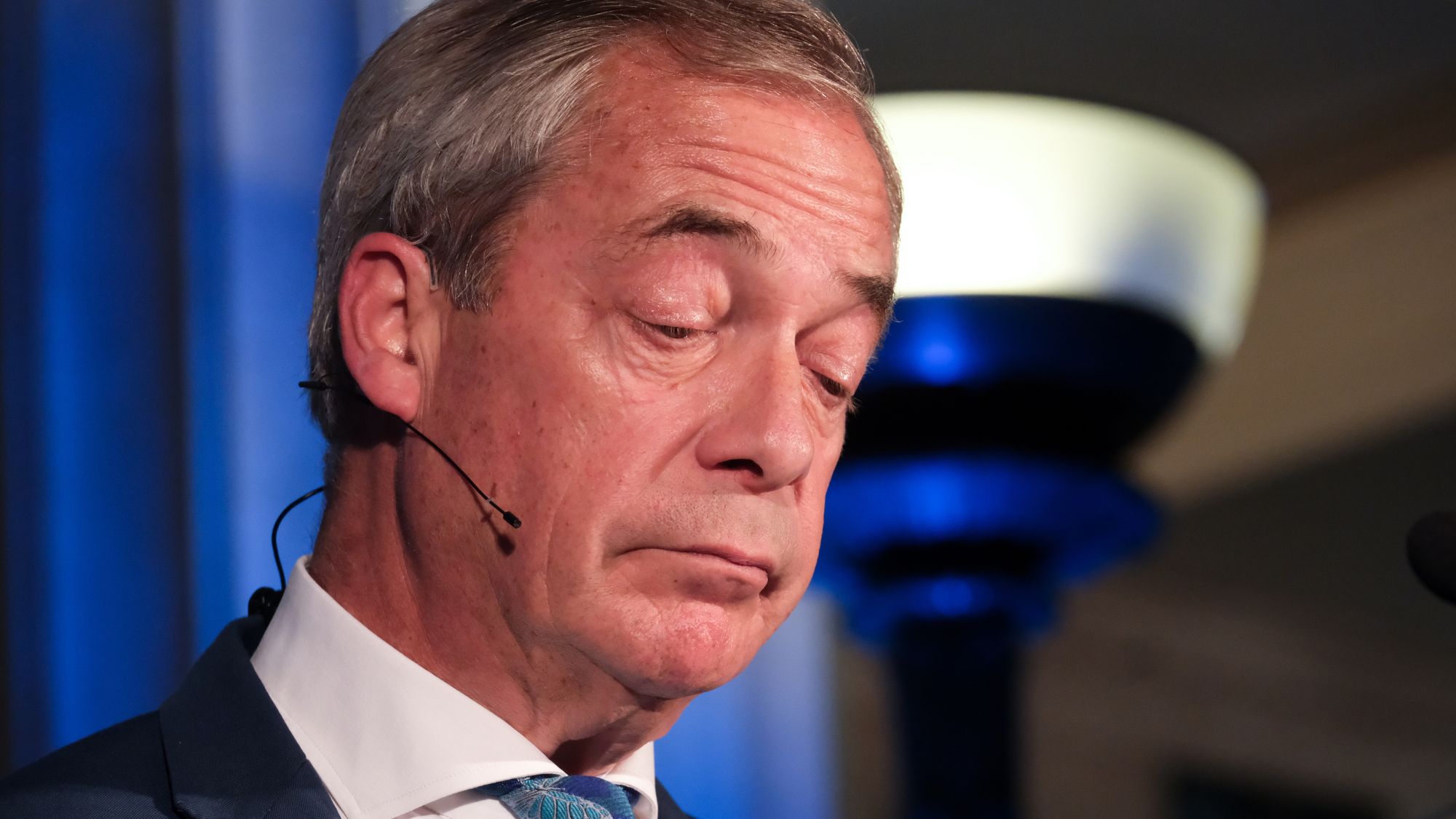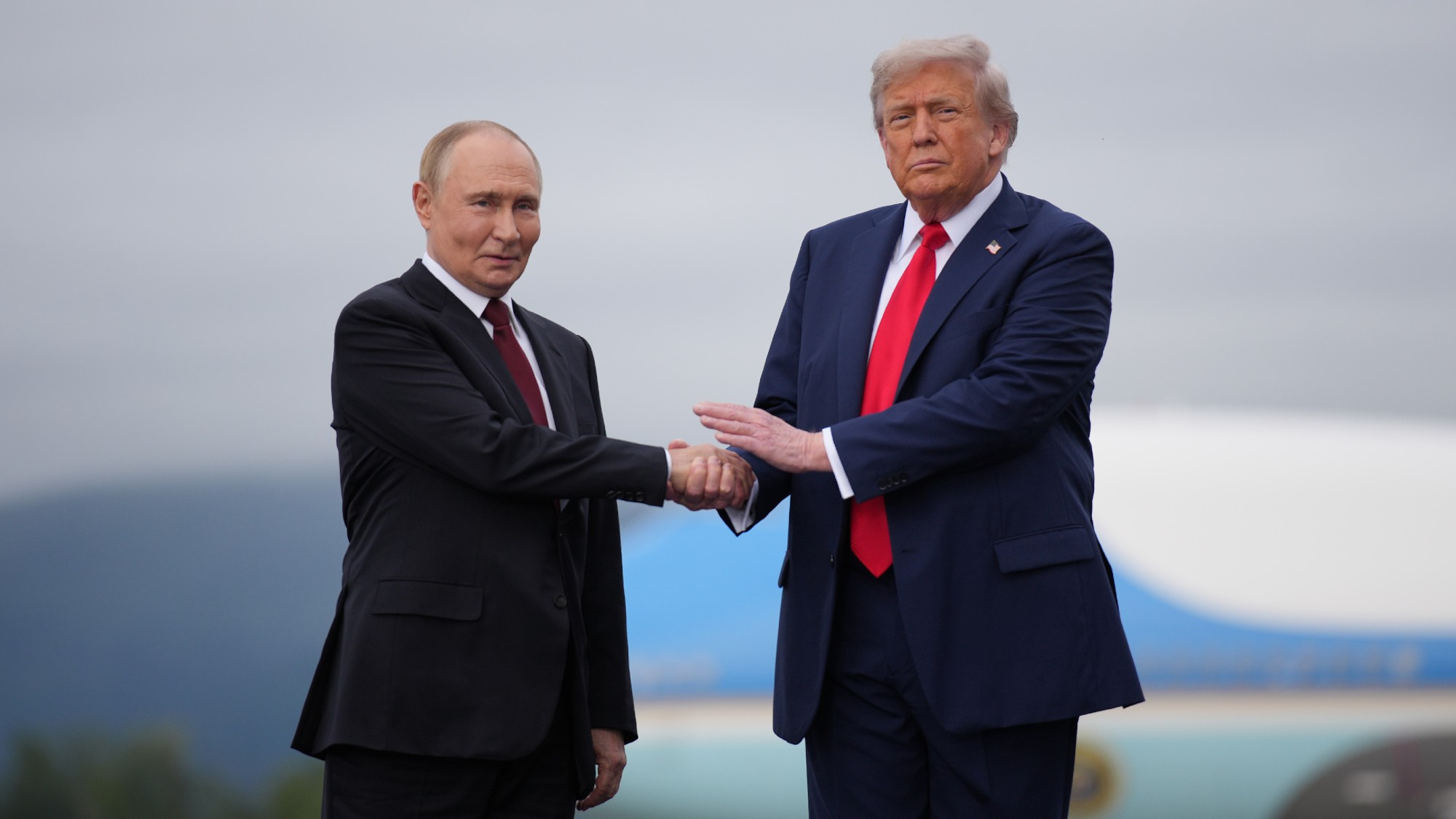A weakened regime’s brutal crackdown
A mass uprising against the disputed election results in Iran receded this week after the government brutally cracked down on demonstrators.
What happened
A mass uprising against the disputed election results in Iran receded this week after the government brutally cracked down on demonstrators. Police and militia were on the streets in large numbers, attacking and dispersing crowds. In the crackdown, at least 17 demonstrators were killed, and hundreds of journalists and activists were detained. The Guardian Council, a 12-member panel of clerics, acknowledged some irregularities in vote-counting, but said there was “no major fraud” in the June 12 presidential vote, clearing the way for incumbent Mahmoud Ahmadinejad to retain the presidency. Iran’s Supreme Leader Ayatollah Ali Khamenei blamed the protests on foreign instigators and warned that any further challenges to the government would be crushed.
Behind the scenes, there were persistent fissures in Iran’s ruling elite. Opposition candidate Mir Hossein Mousavi dropped from sight but called on supporters to keep pressing for justice, while his ally, reformist cleric Ali Akbar Hashemi Rafsanjani, was rumored to be challenging Khamenei’s authority with other clerics. Protesters showed their solidarity by flashing headlights and taking to Tehran’s rooftops at night to cry, “Allahu Akbar,” or “God is great.”
The Week
Escape your echo chamber. Get the facts behind the news, plus analysis from multiple perspectives.

Sign up for The Week's Free Newsletters
From our morning news briefing to a weekly Good News Newsletter, get the best of The Week delivered directly to your inbox.
From our morning news briefing to a weekly Good News Newsletter, get the best of The Week delivered directly to your inbox.
What the editorials said
Khamenei had “one chance to defuse the crisis,” said the Financial Times. He could have ruled that voting irregularities justified a run-off election between Ahmadinejad and Mousavi, a move that would have rescued the regime’s legitimacy. “He spurned it.” Now, reformers are seeking to create “a big, unified opposition bloc,” which they will need for “self-protection.”
Unfortunately, they will get no help from the rest of the world, said The Wall Street Journal. The Obama administration is taking a back seat, while Russia has already lined up behind Ahmadinejad and Khamenei, saying it “respects the choice of the Iranian people.” No surprise there: “Iran is a big customer of Russian goods,” including weapons and nuclear components, and the prospect of another “color revolution” in Moscow’s backyard “sends chills down Russian strongman Vladimir Putin’s spine.”
What the columnists said
A free daily email with the biggest news stories of the day – and the best features from TheWeek.com
Iran’s regime is based on the idea of “velayat-e faqih, rule by the Supreme Jurist,” said Fareed Zakaria in Newsweek. But after Khamenei declared Ahmadinejad’s victory a “divine assessment,” the people rejected his decree, exposing Khamenei as a mere partisan, not the voice of God. In this uprising, the regime’s legitimacy “suffered a fatal blow.”
Iran’s theocracy is already gone, said Danielle Pletka and Ali Alfoneh in The New York Times. It’s been supplanted by a military dictatorship in “a silent coup d’état.” Since his election in 2005, Ahmadinejad has appointed Revolutionary Guard veterans or members of the Basij militia to 14 of 21 Cabinet positions. This “creeping militarization” is also evident throughout the economy, much of which the guard now controls “either directly—the Basij has rights to oil extraction—or through proxy companies.” Given that he needs these thugs to fend off reformers, Khamenei is now just a frontman.
The regime’s weapons have prevailed for now, but its victory is
pyrrhic, said Anne Applebaum in Slate.com. Iran’s educated women have been organizing in behalf of equal rights in recent years, and they were a major part of this uprising. It’s “no accident” that the main reform candidates promised to repeal some repressive laws or that opposition leader Mousavi’s wife, Zahra Rahnavard, was front and center in his campaign. Women have been leading the street demonstrations, and the opposition’s new symbol of resistance is a young Iranian woman, Neda Agha-Soltan, who was killed during a protest last weekend. “Regimes that repress the civil and human rights of half their population are inherently unstable.” The “backlash” has just begun.
What next?
Even assuming that the regime retains power, the protests and brutal crackdown are likely to alter the image and influence of Iran in the Middle East. In recent years, the regime has been something of a model for Islamic militants, including Hezbollah in Lebanon and Hamas in Gaza. Iran’s self-portrait—a popular government successfully fusing democracy and divinity—is now in ruins. “The prestige of the regime has suffered,” said Ilter Turkmen, a former Turkish diplomat. “Iran suddenly appears to everybody as not a very successful country.”
-
 Nigel Farage: was he a teenage racist?
Nigel Farage: was he a teenage racist?Talking Point Farage’s denials have been ‘slippery’, but should claims from Reform leader’s schooldays be on the news agenda?
-
 Pushing for peace: is Trump appeasing Moscow?
Pushing for peace: is Trump appeasing Moscow?In Depth European leaders succeeded in bringing themselves in from the cold and softening Moscow’s terms, but Kyiv still faces an unenviable choice
-
 Sudoku medium: November 29, 2025
Sudoku medium: November 29, 2025The daily medium sudoku puzzle from The Week
-
 Has Zohran Mamdani shown the Democrats how to win again?
Has Zohran Mamdani shown the Democrats how to win again?Today’s Big Question New York City mayoral election touted as victory for left-wing populists but moderate centrist wins elsewhere present more complex path for Democratic Party
-
 Millions turn out for anti-Trump ‘No Kings’ rallies
Millions turn out for anti-Trump ‘No Kings’ ralliesSpeed Read An estimated 7 million people participated, 2 million more than at the first ‘No Kings’ protest in June
-
 Ghislaine Maxwell: angling for a Trump pardon
Ghislaine Maxwell: angling for a Trump pardonTalking Point Convicted sex trafficker's testimony could shed new light on president's links to Jeffrey Epstein
-
 The last words and final moments of 40 presidents
The last words and final moments of 40 presidentsThe Explainer Some are eloquent quotes worthy of the holders of the highest office in the nation, and others... aren't
-
 The JFK files: the truth at last?
The JFK files: the truth at last?In The Spotlight More than 64,000 previously classified documents relating the 1963 assassination of John F. Kennedy have been released by the Trump administration
-
 'Seriously, not literally': how should the world take Donald Trump?
'Seriously, not literally': how should the world take Donald Trump?Today's big question White House rhetoric and reality look likely to become increasingly blurred
-
 Will Trump's 'madman' strategy pay off?
Will Trump's 'madman' strategy pay off?Today's Big Question Incoming US president likes to seem unpredictable but, this time round, world leaders could be wise to his playbook
-
 Democrats vs. Republicans: who are US billionaires backing?
Democrats vs. Republicans: who are US billionaires backing?The Explainer Younger tech titans join 'boys' club throwing money and support' behind President Trump, while older plutocrats quietly rebuke new administration